The men are making their way up to the orbiting platform after their launch on a Falcon-9 rocket from Florida's Kennedy Space Center on Saturday.
The Nasa crew are now travelling in a Dragon capsule supplied and operated by a private company, SpaceX - a first in the history of human spaceflight.
Their ship is due to attach to the ISS at around 14:30 GMT (15:30 BST).
It will be a fully automated procedure; Hurley and Behnken won't need to intervene unless there is a problem.
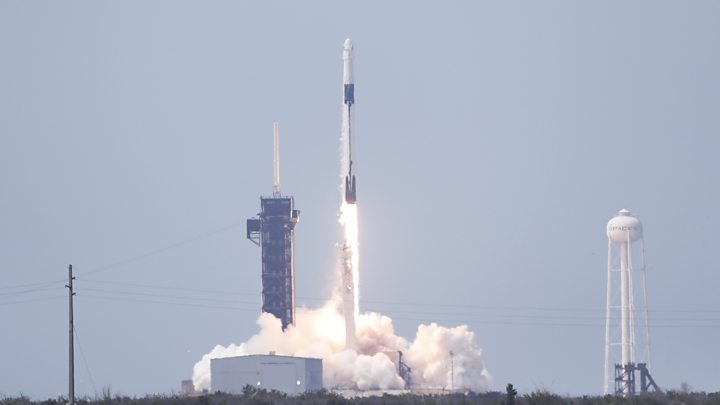
The vessel will come up under the station and manoeuvre itself to a docking port on the bow section.
Once hooks have sealed the Dragon in place and pressure checks are completed, the astronauts will be able to disembark and join the Russian-American crew already onboard the ISS.
Hurley and Behnken were given a good period of sleeptime to prepare them for Sunday's activities.
But before signing off, they carried out what has become a tradition among US spacefarers - the naming of their ship. This tradition goes right back to the Mercury capsule programme in the early 1960s.
The two men said their Dragon would be called "Capsule Endeavour".
Hurley radioed to Earth: "We chose Endeavour for a few reasons: One, because of this incredible endeavour that Nasa, SpaceX and the US have been on since the end of the shuttle programme back in 2011.
"The other reason is a little more personal to Bob and I. We both had our first flights on shuttle Endeavour and it just meant so much to us to carry on that name."
Shuttle Endeavour, retired nine years ago with the rest of Nasa's orbiter fleet, was named after HMS Endeavour, the research ship commanded by British explorer James Cook on his voyage to Australia and New Zealand in the late 18th Century.
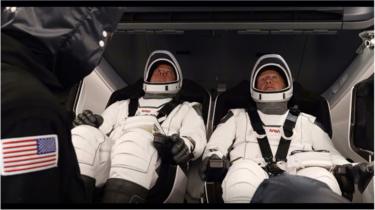 SPACEX
SPACEX
The "incredible endeavour" that Hurley referenced is the effort to commercialise low-Earth orbit (LEO).
The goal is to turn over routine space operations just above the planet to the private sector; to have the routine transport of crew and cargo handled by private concerns such as SpaceX, the Californian outfit established by tech billionaire Elon Musk.
Already SpaceX's agile and innovative approach to the development of rocket and capsule technology is recognised to have saved Nasa billions of dollars, when set against the procurement standards of old.
The US space agency no longer wants to own LEO vehicles; it wishes merely to purchase "the transport service" supplied by American companies. This should free up financial resources that can be diverted instead to the much more complex - and much more expensive - task of getting astronauts back to the Moon.
The Artemis programme, as it's known, aims to put Nasa astronauts on the lunar surface again in 2024.
"When I took this job just a few short years ago, our budget at Nasa was around $19bn," said Jim Bridenstine, the agency's administrator.
"The budget request that President Trump gave us for next year is $25bn. We are in a great, great position."
He continued: "We haven't had this much support for space since John F Kennedy, and we've got bipartisan support. Everybody wants to see the Artemis programme be successful. Everybody wants to see not just the next man, but the first woman, on the Moon. And that's what we're building here."
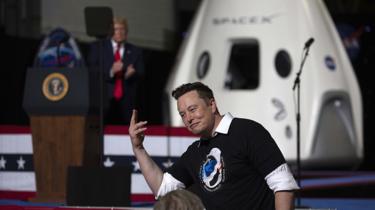 GETTY IMAGES
GETTY IMAGES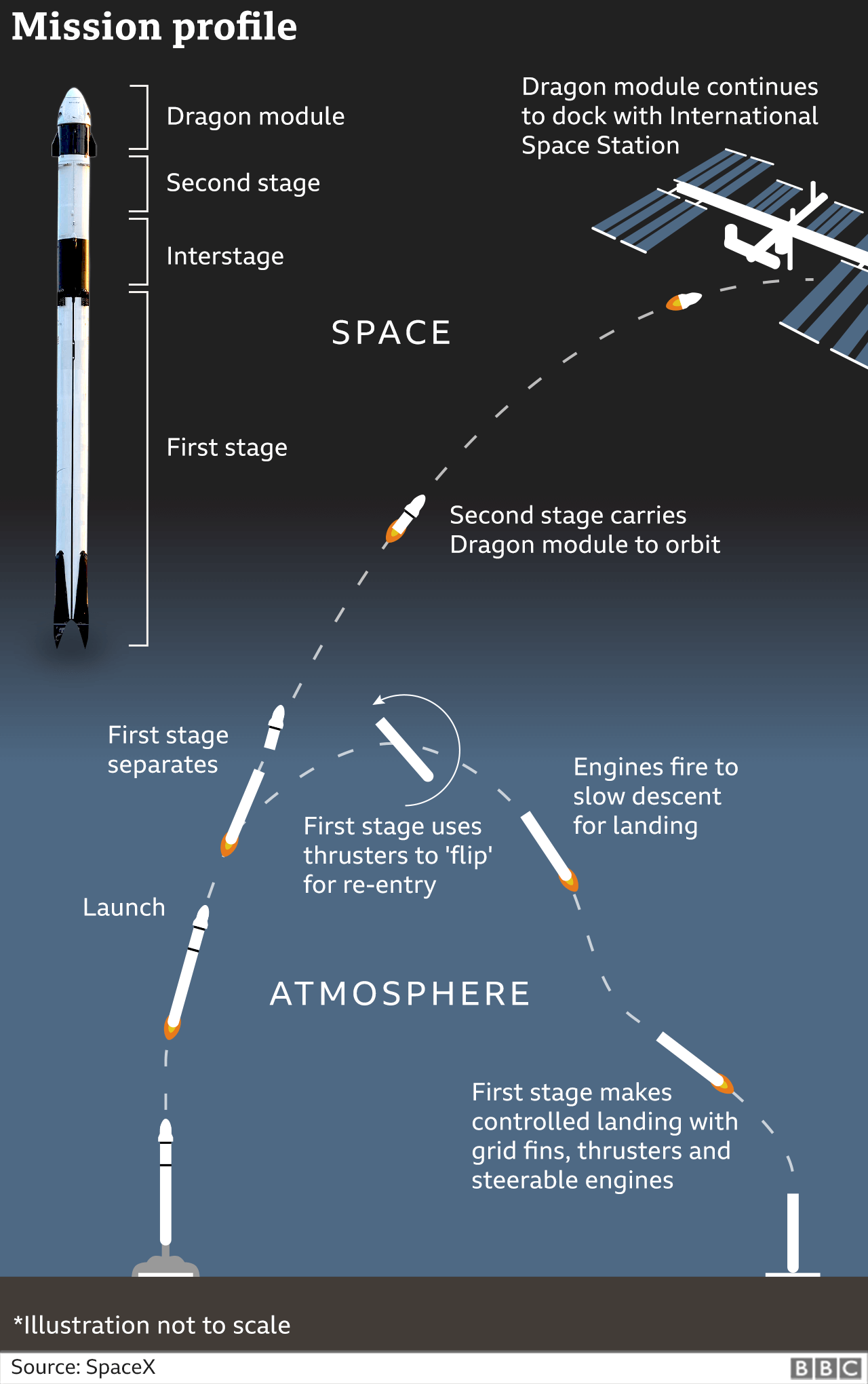

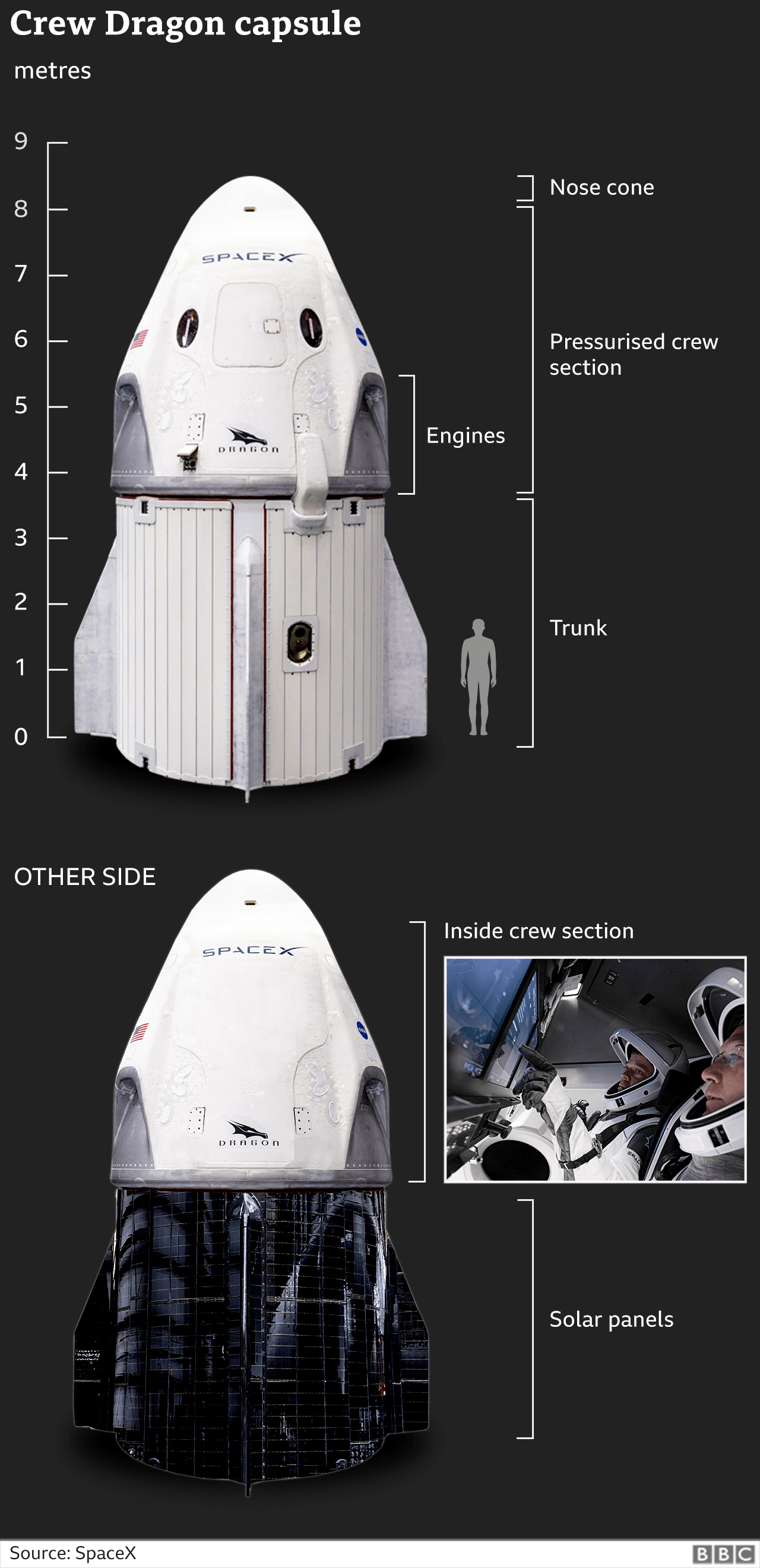

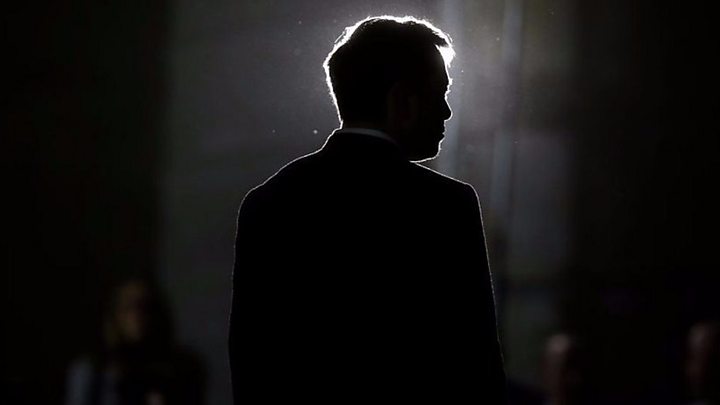





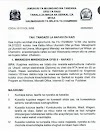



0 Comments